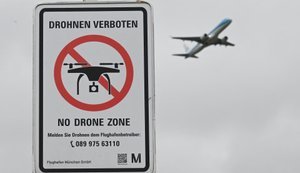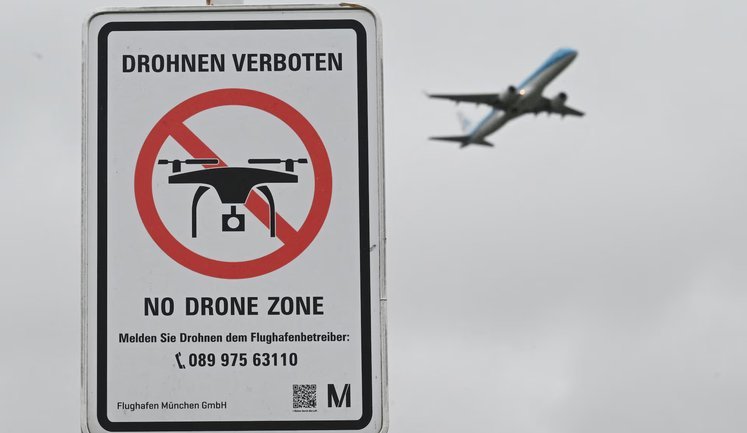The European Union is playing a pivotal role in Ukraine's recovery and European security amidst challenges. Recent developments highlight the EU's multifaceted approach to supporting Ukraine, showcasing a commitment not just in financial aid but also in political and military dimensions. It's notable that the EU has allocated substantial funds from frozen Russian assets to aid Ukraine's energy infrastructure, demonstrating both strategic support and a significant stand against Kremlin aggression. Furthermore, the approval of the 19th package of sanctions underscores the EU's resolution in opposing Russia's violations. The continuing dialogue on using Russian assets and the strategic initiative of a "military Schengen" for swift military mobility within the EU illustrates the urgency felt across European capitals to address security concerns. Concurrently, the prospect of Ukraine's EU membership remains contingent upon critical reforms, notably in anti-corruption, indicating a balanced approach to aid and accountability. This stabilizing initiative reinforces the EU's critical role not just in regional politics but also in firmly anchoring Ukraine within the European fold, amid heightened security concerns.
What is the European Union's recent financial aid to Ukraine?
The European Union has announced a new financial tranche of €6 billion to Ukraine, derived from frozen Russian assets. This significant financial support is targeted at restoring the country's energy infrastructure and stabilizing the national power grid, showcasing EU's crucial role in aiding Ukraine amid ongoing conflicts and emphasizing a strong political statement against Russia's aggression.
How is the EU contributing to Ukraine's defense capabilities?
The European Union is strategically formulating plans to employ frozen Russian assets towards enhancing Ukraine's defense capabilities, focusing on financing arms purchases. This decision by the EU exemplifies its commitment to ensuring Ukraine can defend itself against external aggression, reflecting a crucial aspect of the EU's broader security strategy in the region.
What are the implications of the EU's sanctions against Russia?
The European Union's adoption of the 19th package of sanctions against Russia signifies a steadfast and unified approach across member states to apply economic pressure on the Kremlin. These sanctions aim to curb Russia's ability to sustain military engagements, highlighting a robust EU stance aligned with global efforts to address Russia's actions in Ukraine.
How is the EU addressing security within its borders due to the Ukraine crisis?
The EU is enhancing its internal security measures by creating a new intelligence unit and working on a "military Schengen" to facilitate rapid military movement across the EU. These initiatives reflect a proactive stance to strengthen security and intelligence capabilities, addressing new threats emerging from the Russian aggression against Ukraine.
What role does the EU see for Ukraine in its future expansions?
Ukraine's potential accession to the EU is viewed as a significant strategic move that would enhance cooperation and stability in the region. However, EU membership for Ukraine hinges on crucial reforms, particularly in anti-corruption. The commitment to these reforms is paramount to progressing towards integration, marking an essential aspect of Ukraine's European aspirations.
Has the EU made any recent diplomatic shifts regarding member states and potential new members?
Recent discussions within the European Union suggest a possible introduction of a "probationary period" for new member states. This approach is aimed at ensuring new members adhere to democratic norms and values, reflecting the EU's precautionary strategy to safeguard its community against any potential deviations from expected governance standards.
What stance has the EU taken on Belarus and its relations with the bloc?
Belarus has been actively seeking to improve diplomatic relations with the European Union, possibly aiming for sanctions relief. Meanwhile, the EU continues to scrutinize Belarus's actions closely, balancing diplomatic engagements with strategic caution, given the geopolitical context surrounding its alliance with Russia and human rights records.
Are there changes in trade agreements between the EU and Ukraine?
The updated Deep and Comprehensive Free Trade Area agreement between Ukraine and the EU has recently come into effect, underscoring a commitment to deepen economic ties. This agreement aims to integrate Ukraine more closely with the EU market, fostering economic growth and strengthening bilateral trade relations.





































































